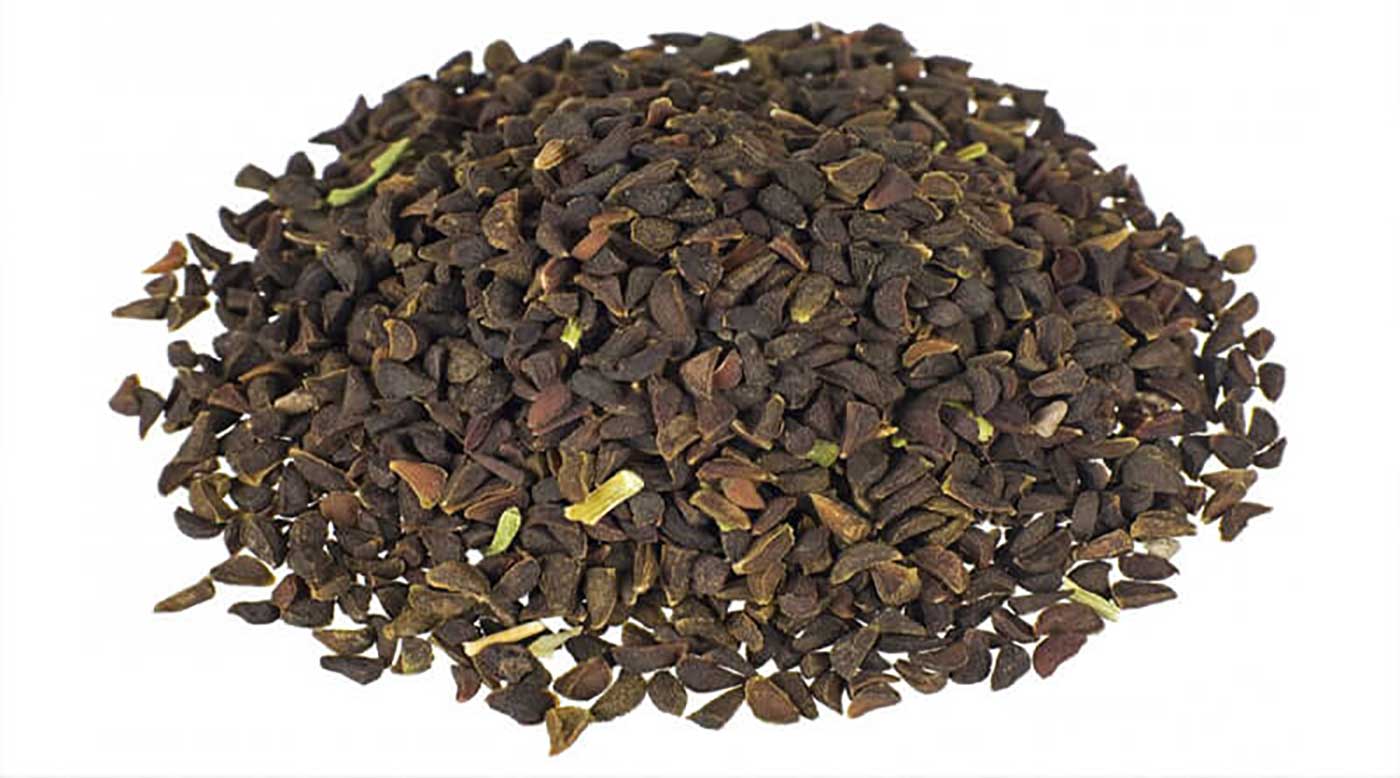Iraqi people in Arab areas are used to what they call “crackling harmal” which they believe it can protect the evil eye dangerous, the reason behind it’s popularity could, however, go beyond superstitions to the hallucinogenic effects of Peganum Harmala
Ancient Greeks had already known Harmal (Peganum Harmala) [i] earlier and used its seeds in their traditional medicine. Today it’s prescribed by quacks, magicians in Iraq to “evict devils”, protect from evil eye dangers, or even to stop children’s continuous crying, or to those who feel depressed. Surely, burning, or crackling, the Harmal is often accompanied by reading specific prayers or some talismans. But what is really behind Harmal’s use? Why do those who crackle Harmal consider it relaxing? Is there really a relaxing effect in it?
The answer is yes. Harmal smoke have some effects that explain all this self-relief and even the hallucinations that accompany inhaling it when persons feel they’re surrounded by other creatures, in addition to the feeling of transcendence, as it directly impacts specific receptors in the brain.
Peganum Harmala seeds contain Harman, Harmaline, and Peganin [ii]. Some of these substances, in addition to their other effects such as hallucinations**, lead to increasing the dopamine levels. Dopamine is a chemical substance that impacts many of our feelings and behaviors[iii] *; it can lead us to the feeling of pleasure and satisfaction. Dopamine even has some effect on elements of spirituality feelings.
While some charlatans may attribute the headache and the increase blood pressure that accompany Harmal inhaling to superstitious reasons such as the devils, blood pressure increase is one of the side effects of Harmaline. Therefore, such symptoms may accompany the rituals of crackling Harmal[iv].
References
[i] Panda H (2000). Herbs Cultivation and Medicinal Uses. Delhi: National Institute Of Industrial Research. p. 435. ISBN 81-86623-46
[ii] ^ Schwarz, M. J.; Houghton, P. J.; Rose, S.; Jenner, P.; Lees, A. D. (2003). “Activities of Extract and Constituents of Banisteriopsis caapi Relevant to Parkinsonism”. Pharmacology Biochemistry and Behavior 75 (3): 627–633. doi:10.1016/S0091-3057(03)00129-1.
[iii] https://www.psychologytoday.com/basics/dopamine
[iv] ^ Massaro, E. J. (2002). Handbook of Neurotoxicology. Totowa, NJ: Humana Press. p. 237. ISBN 0-89603-796-7.
*Increased dopamine tone during meditation-induced change of consciousness. Kjaer TW, Bertelsen C, Piccini P, Brooks D, Alving J, Lou HC Brain Res Cogn Brain Res. 2002 Apr; 13(2):255-9.
** Early dopaminergic drug-induced hallucinations in parkinsonian patients.
Translated from Arabic by Omar Meriwani


0 Comments